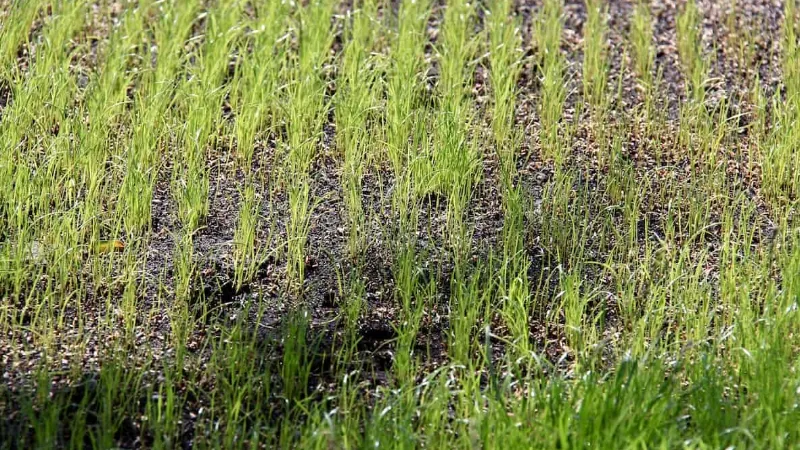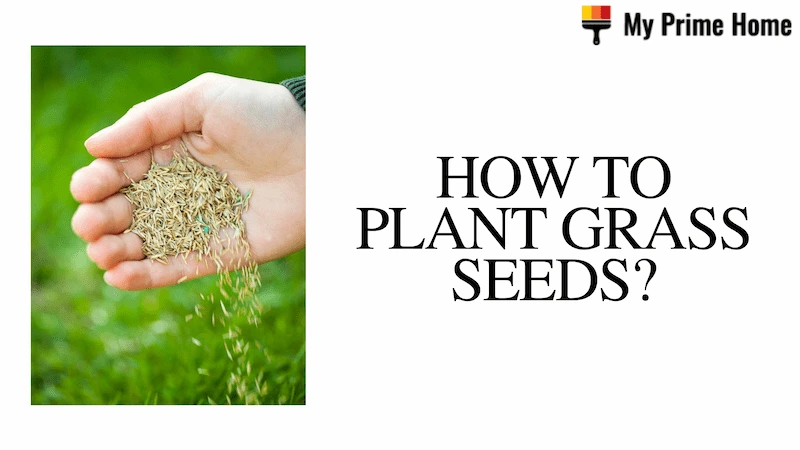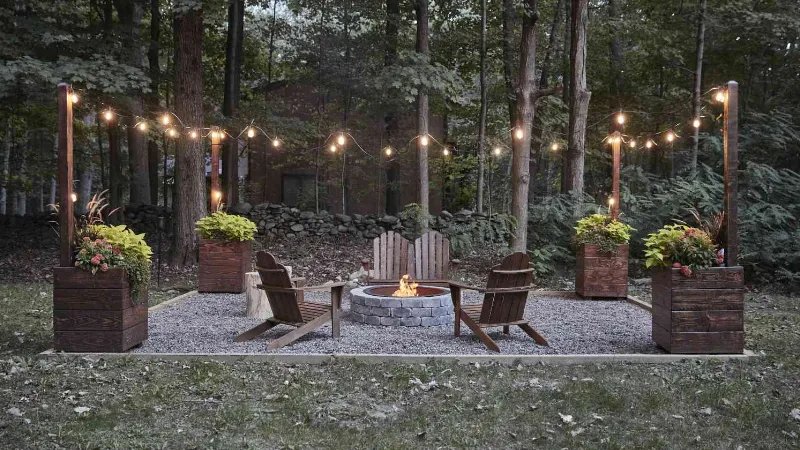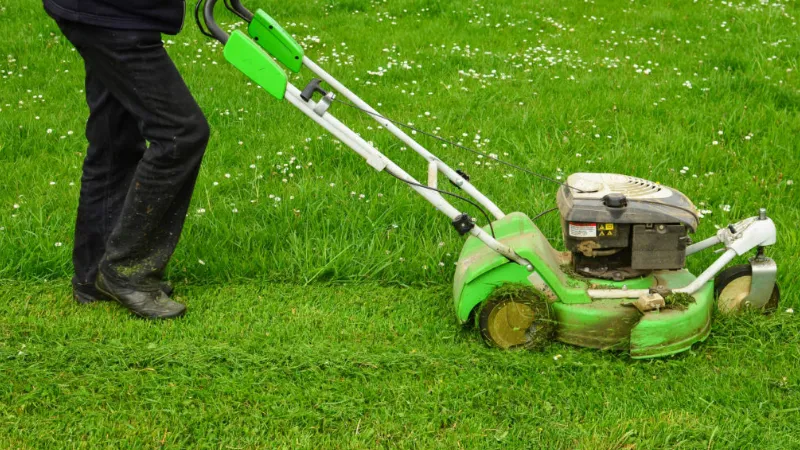When you want to plant grass seeds, will grass seed germinate on top of the soil? Yes, in fact too much soil on top of the seeds will hinder germination. Below will show you why to prevent grass seed germinate on top of the soil, how deep grass seeds need to be buried, should you put topsoil down before grass seed.
However, how you’ve prepared the ground will affect how well your seeds germinate. In light of this, let’s examine the ideal procedures for sowing a new lawn.
Please read on for more detailed information.
Reasons That Prevent Grass Seed Germinate on Top of the Soil
There are various reasons why you shouldn’t leave your grass seed exposed to the elements. As the moisture is absorbed by the grass seed, it develops into a seedling that is prepared for germination and photosynthesis.
Germination is the seed sprouting process and can take a few days to a few weeks to occur. Any kind of grass seed needs particular circumstances in order to germinate. You need your soil to be at the right temperature for germination and proper moisture.
Here are the top 4 reasons that prevent grass seeds from germinating on top of the soil.
Root Development
Your grassroots may germinate, but they may still find it difficult to establish strong roots, leaving them vulnerable to harm.
Shallow roots in the ground may also prevent the grass from reaching moisture and nutrients below the surface.
Understanding root development will help you improve your grass seeds to grow healthier and more robust.
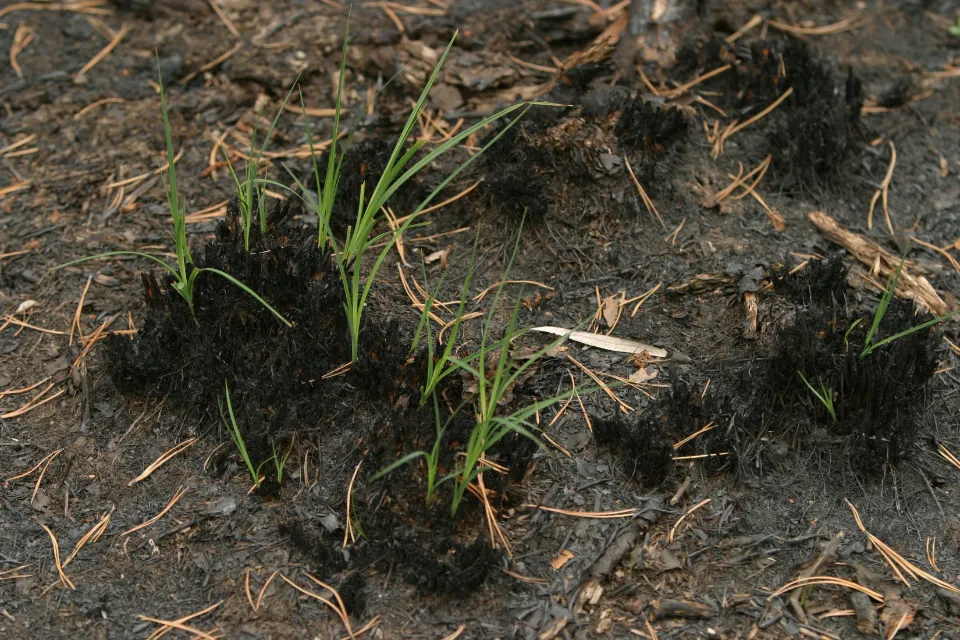
Grass Seed and Bird Food
Leaving seeds exposed increases their chance of being eaten by birds and prevents them from germinating on top of the soil. Instead, you can cover your grass to keep animals out.
Additionally, you can feed the birds to divert their attention from your grass by providing them with bird food. Keep in mind that bird food is much less expensive than grass seed.
Water Runoff
One of the reasons grass seeds won’t sprout on top of the soil is heavy rainfall.
Grass seeds on top of the soil can quickly be swept up and carried to a sewer grate or even transferred in areas of your lawn where you didn’t need extra grass seed.
Remember that the grass seed needs two to four weeks to germinate, and during that time it lacks roots that would keep it in place in the event of rain.
Improper Soil Preparation
The first step to successfully grow grass seeds is to start with proper preparation.
To bring your soil to the ideal pH range between 6.2 and 7.0, start by measuring the pH of the soil to see if fertilizer is necessary.
To develop your lawn maintenance strategy, learn how to identify crabgrass. Below will give you a full explanation of what is crabgrass.
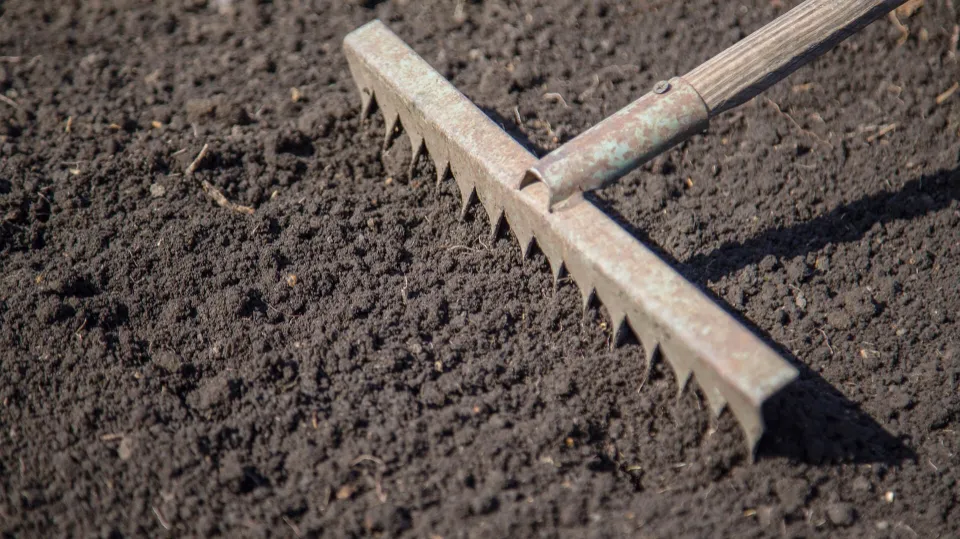
How Deep Does Grass Seed Need to Be Buried?
1/4–1/2 inch (1/2–1 cm) of soil or compost is the perfect depth to bury grass seed. If the soil is any deeper, grass seedlings may have trouble breaking through and thriving. Instead of just scattering grass seedlings, you can create the ideal environment for grass seed germination by burying them. Your watering efforts will maintain soil moisture, which incubates grass seed and promotes higher germination rates. That layer of soil also protects your grass seed and gives grass seedlings a good place to set down their first roots.
- 0.25–0.5 inches of soil should be used to cover the grass seed.
- In order to keep grass seed moist, soil covering retains water.
- As they attempt to sprout, seeds will be shielded from the sun so they don’t dry out.
- It is simple for seeds to get their first root in loose soil.
- Birds that are hungry will be kept away from the seeds.
- Seed will resist runoff and stay put with the aid of the soil.
To properly cover grass seed, spread it over loose topsoil or compost and use a garden rake to lightly cover the seeds. As long as the majority of the seeds are hidden, it is acceptable if a few are visible.
Should You Put Topsoil Down before Grass Seed?
If you are seeding a bare lawn or a bare patch of soil, you do not need to add topsoil before spreading grass seed. Instead, you can till and loosen the soil to make it ideal for grass seed. If you are overseeding an existing lawn with new seed, it is best to spread a thin layer of compost or topsoil before seeding, to provide a cover for the new seed.
- If you are seeding bare areas, no new topsoil is needed. The bare soil should only be tilled.
- Spread compost or topsoil before planting if you are overseeding.
- When overseeding, apply just a thin layer of topsoil or compost. Existing grass will be smothered by an excessive amount of additional topsoil.
Make sure your grass isn’t covered when applying topsoil to an already-existing lawn. Spread the new topsoil a little bit at a time and use a garden rake to distribute it between the grass blades without burying them. By doing this, you can foster the growth of new seeds without endangering your current lawn.
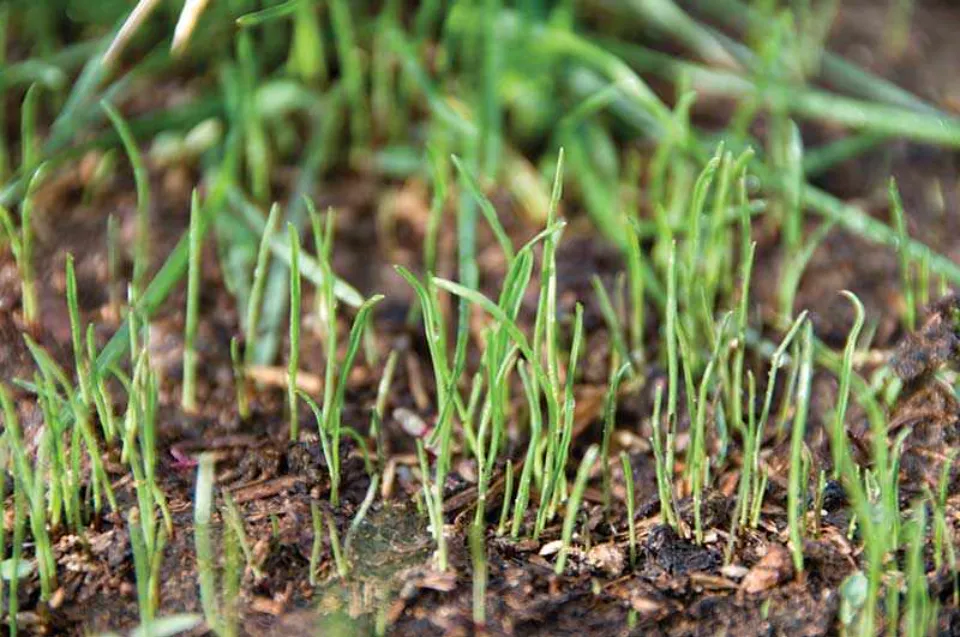
Will Grass Seed Grow If Not Covered With Dirt?
When spread out and left unattended, a small percentage of grass seed will sprout. But seeding in this way is incredibly ineffective. Spreading grass seed and covering it with 1/4 inch (0.5 cm) of soil will yield much better results than wasting time and money spreading seed only to get a few sprouts. By protecting the grass seed from scavengers and bad weather, this soil layer will act as an incubator to keep it moist. When you spread grass seed on your lawn, cover it to maximize the amount of grass that grows.
Can you mow wet grass? Short answer: No. Whether it’s early morning and the lawn is still dewy, a rainstorm just ended, or you just ran your sprinklers, you should skip the mow for now. Please read on for more detailed information.
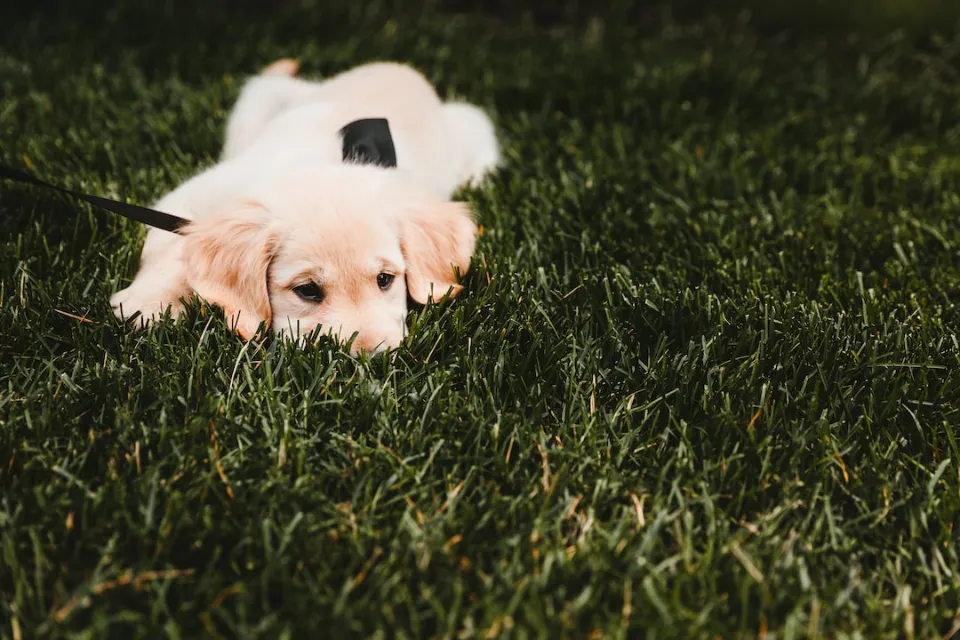
Frequently Asked Questions
How Long Does It Take for Grass Seeds to Germinate?
Grass seed germination can take anywhere between 7 and 28 days, depending on the type of grass. In colder weather it could even take longer. Check for How Long Does Grass Seed Last?
Should I Soak Grass Seeds before Planting?
You can soak your grass seeds to pre-germinate them, but generally, this is not necessary. All you have to do is adhere to the seed variety’s instructions.
What Triggers Grass Seeds to Germinate?
Seeds will start to germinate when they’ve absorbed enough moisture. Soaking the seed will quicken the process because of this. Germination will proceed more quickly in conditions of warm soil and sufficient light.
Summary: Will Grass Seed Germinate on Top of Soil?
A common question that we get asked is “Will grass seed germinate on top of the soil” Yes is the clear answer to this. It’s crucial not to bury your seed because too much soil on top of the young grass shoots prevents them from breaking through.
If you have any questions, please leave a comment. My Prime Home tries to give you the best home improvement information. Don’t forget to share the post. Thank you for reading.
Read about
